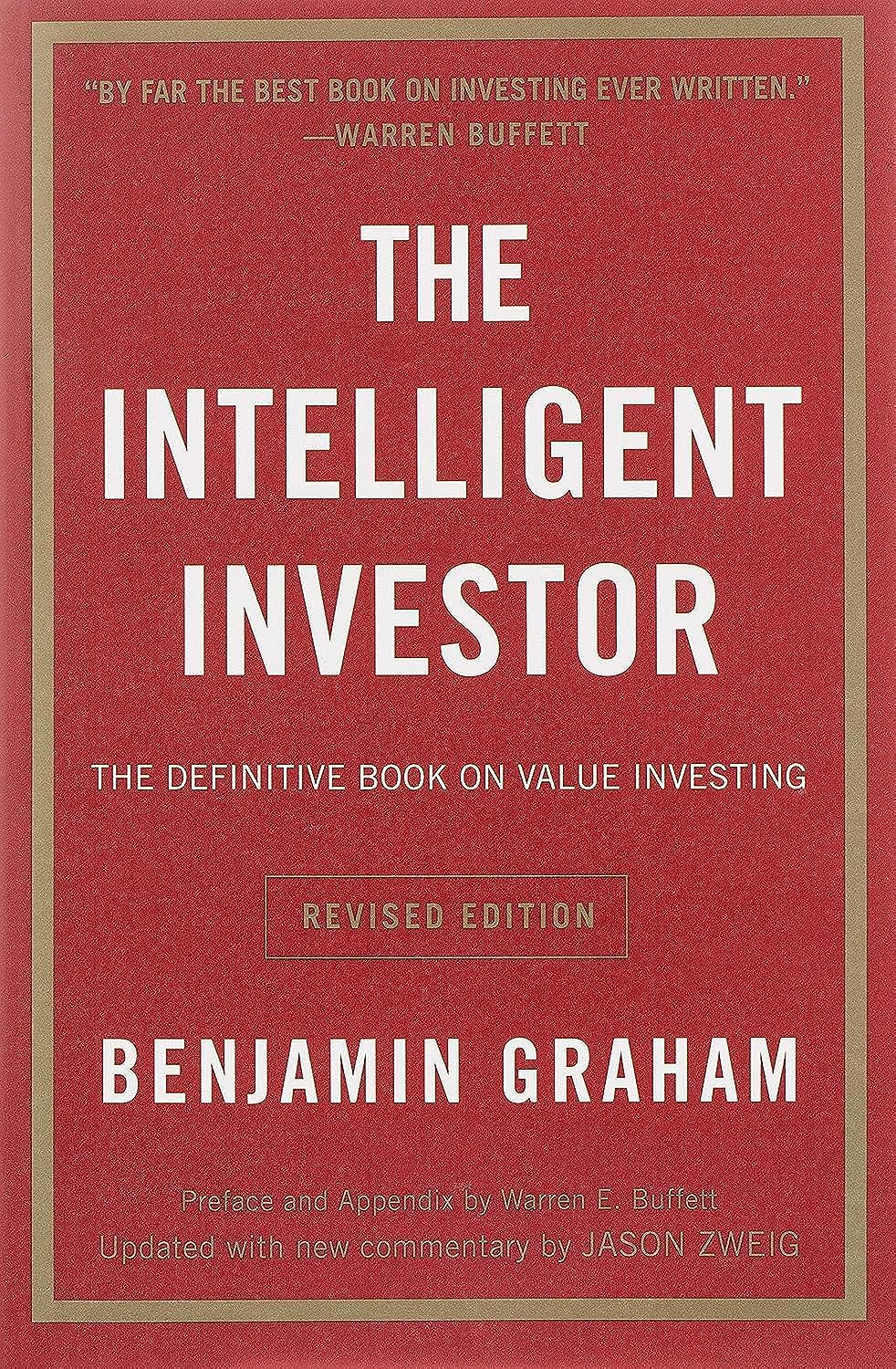Ever wonder why a certain song makes you nostalgic or a smell triggers a specific memory? You might be experiencing the power of a conditioned stimulus!
In classical conditioning, pioneered by Ivan Pavlov, a conditioned stimulus is a previously neutral stimulus that, after being associated with an unconditioned stimulus (one that naturally triggers a response), eventually triggers a conditioned response on its own.
Think of Pavlov's famous dogs. Initially, the bell (neutral stimulus) meant nothing to them. But, after repeatedly pairing the bell with food (unconditioned stimulus), the bell alone became a conditioned stimulus, eliciting salivation (conditioned response) even without the food present.
The conditioned stimulus is everywhere, from advertising (linking products with positive emotions) to our everyday anxieties and cravings. Understanding it helps us unravel the intricate ways our brains learn and associate stimuli, ultimately shaping our behaviors and emotional responses.




